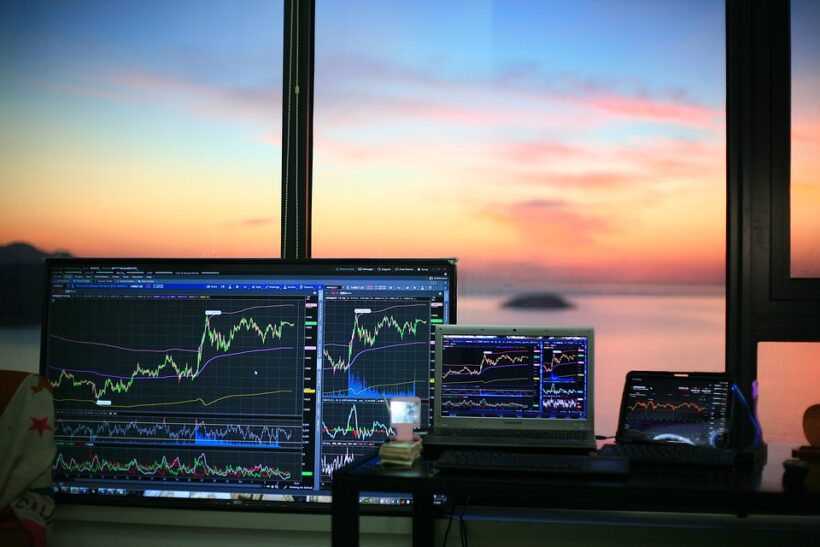The real possibility of a new stock market crash would have gone unnoticed for most rating agencies due to the disconnection with reality that would lead them to justify the irrational exuberance of markets, thus fulfilling the famous phrase of the iconoclast John Kenneth Galbraiht. ” There are two kinds of economists: those who have no idea and those who do not know”.
Thus, the “butterfly effect” carried over to complex systems such as the stock exchange, The secondary effect would be that a future medium could not be detected in advance, since the quantum models they use would only be simulations based on previous models (Minsky’s Theory of Financial Instability).
Thus, the inclusion of only one incorrect variable or the sudden appearance of an unexpected variable (increase in unemployment rate in the USA), causes the error margin of these models to be amplified in each simulated time unit until it exceeds even the stratospheric limit of one hundred percent, The European Commission has already published a report on the European Union’s activities in this field.
The irrational exuberance of markets
The speculative process drives to buy with the hope of substantial profits in the future, which causes a bullish spiral away from any factual basis and the price of the asset reaches stratospheric levels until the bubble finally bursts (crash) due to the massive sale of assets and the absence of buyers, which causes a sudden and sharp fall in prices below their natural level (crack)This is a new example of the Keynes maxim: “Markets can remain irrational longer than you can remain solvent.” The Commission’s proposal for a European Monetary System was adopted by the Council on 29 December 1998.
Thus, an investor is willing to pay a price for a stock if it returns money to him in the future, so the value of this share is the total expected flows but the floor level of the world stock exchanges, (level in which minimum profits and multipliers converge), would be light years below current levels due to the risk of secular economic stagnation in the world’s major economies, but the US investors were settled in euphoria after surpassing the ionospheric ceiling of 39,000 points on the Dow Jones, (recalling the stock market boom of the 1920s, prelude to the stock market crash of 1929), so they were unable to perceive the vertigo of heights.
New Black Thursday on Wall Street?
The US unemployment rate, however, rose unexpectedly in July to 4,3% coupled with the indicator of the curve of rates that had been inverted for months and that foreshadowed the possible arrival of a recession in the USA and the myopia of the Fed by maintaining a hard monetary policy with interest rates in the range of 5,25%-5.50%, will cause the large investors to feel for the first time the sickness of the height that will lead them to reduce their exposure to risk with the consequent bearish effect on the quotations of the actions, resulting in a selling psychosis that will eventually trigger the current stock market bubble burst, from what would be paradigm the brutal fall of 12.4% on the Nikkei 225.
The effects of this explosion will be to put firms out of business; the subsequent devaluation of currencies in countless countries to increase their exports and as beneficial effects forcing companies to redefine strategies, adjusting structures, restoring its finances and restoring its market credit (as happened in the stock market crisis of 2000-2002) as well as the ruin of millions of small investors still dazzled by the lights of the stratosphere, The financial starvation of companies and the consequent domino effect on bankruptcy.










